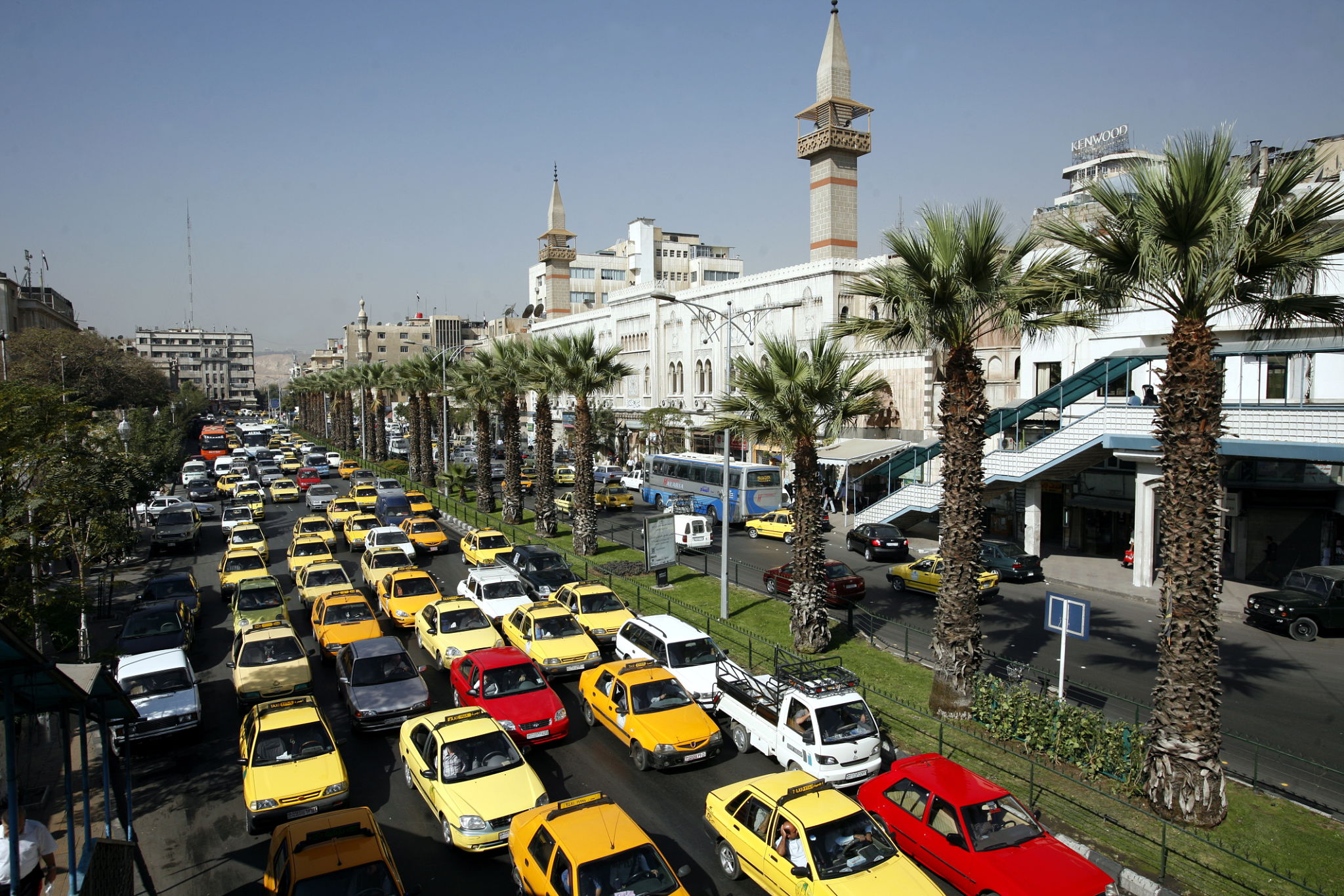Understanding the Traffic Situation in Damascus: A Comprehensive Guide
Introduction to Damascus Traffic
Damascus, the capital of Syria, is a city steeped in history and culture. However, like many urban centers around the world, it faces significant traffic challenges. Understanding the traffic situation in Damascus is crucial for both residents and visitors to navigate the city efficiently.

Historical Context
Over the years, Damascus has experienced rapid urbanization. The city's infrastructure, built for a smaller population, now struggles to accommodate the growing number of vehicles. This historical context is essential to grasp the current traffic dynamics.
The increase in population, coupled with limited investment in public transportation, has led to congestion on major roads. The narrow streets of the old city further exacerbate this issue, creating bottlenecks that slow down traffic flow.
Key Areas of Congestion
Several areas in Damascus are notorious for heavy traffic. The city center, particularly during peak hours, sees a significant influx of vehicles. Key roads such as Mezzeh Highway and Baghdad Street are often congested, making them areas to avoid during rush hour if possible.

Public Transportation Options
The public transportation system in Damascus includes buses and minibuses, which are commonly used by locals. However, these services are often overcrowded and inconsistent. Efforts are being made to improve the system, but there is still much room for development.
For a more comfortable travel experience, taxis are widely available and provide a more direct route to destinations. However, they can be more expensive during peak times when demand is high.
Alternative Transportation Solutions
To alleviate traffic congestion, some residents have turned to alternative modes of transportation such as cycling and walking. These options are particularly viable in less congested parts of the city and can offer a more pleasant experience compared to being stuck in traffic.

Future Developments in Traffic Management
The authorities in Damascus are aware of the traffic challenges and are working on several initiatives to improve the situation. Plans to upgrade the public transportation system and develop new road networks are underway. These developments aim to reduce congestion and make commuting more efficient for everyone.
In addition to infrastructure improvements, there is also a push towards adopting smart traffic management solutions. These include traffic light optimization and real-time traffic monitoring systems that can help manage the flow of vehicles more effectively.
Conclusion
Understanding the traffic situation in Damascus requires an appreciation of its historical context and current challenges. While there are significant issues to address, ongoing efforts and future plans offer hope for a more efficient transportation network. By staying informed and exploring alternative travel options, navigating the bustling streets of Damascus can become a more manageable experience.